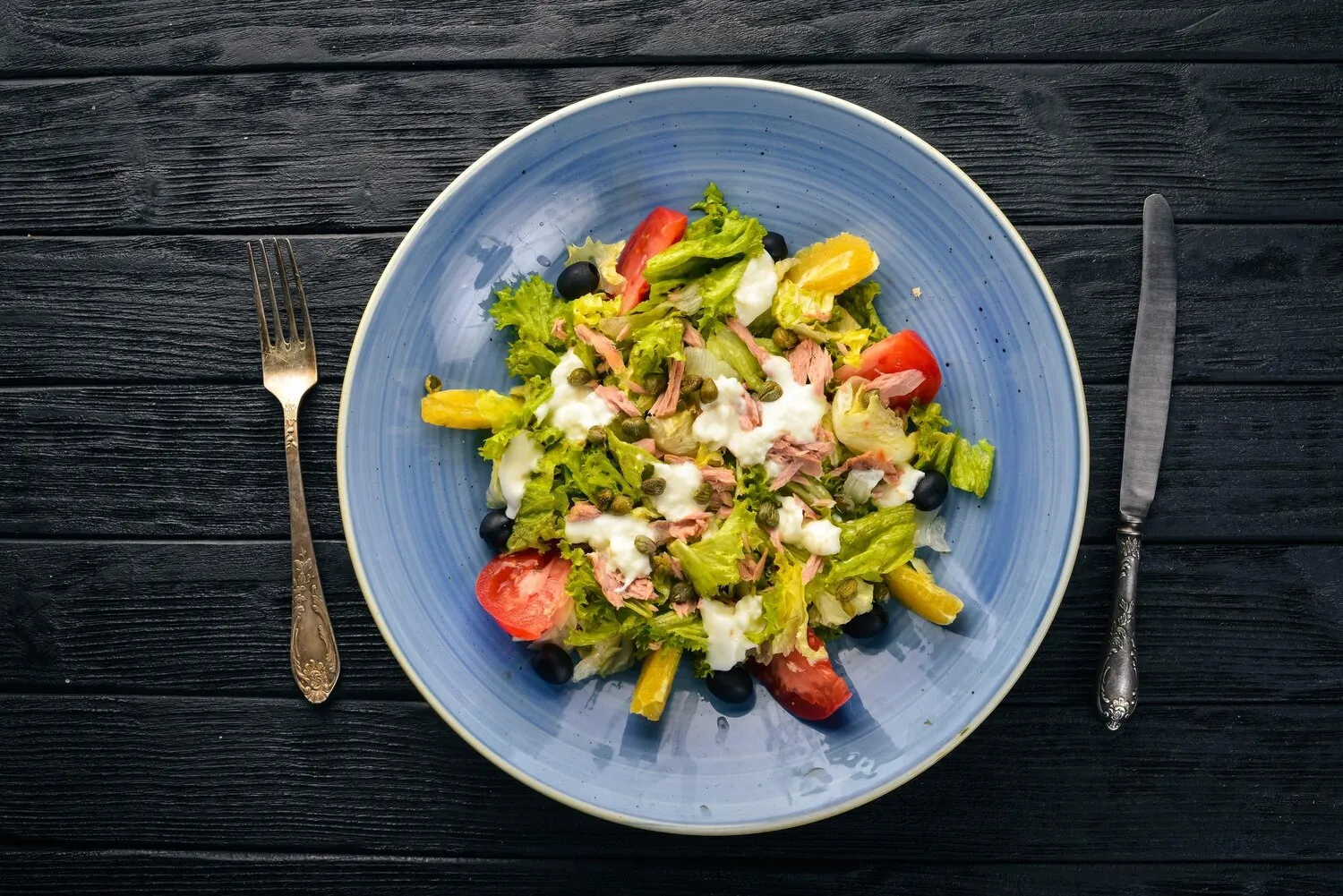
Larb
Meat salad dish.
Nutrition Facts
* The % Daily Value (DV) tells you how much a nutrient in a serving of food contributes to a daily diet. 2,000 calories a day is used for general nutrition advice.
Gai Noi
Larb's history is deeply intertwined with the cultural identity of Laos. While its exact origins are difficult to pinpoint, it's believed to have evolved as a way to utilize readily available ingredients and simple cooking techniques. The dish is a staple in Laotian cuisine and has remained relatively unchanged for centuries, passed down through generations as a symbol of community and tradition. The influence of neighboring Southeast Asian cuisines is also evident, particularly in the use of herbs and spices.
Larb is more than just a dish; it's a central part of Laotian culture, often served during celebrations, ceremonies, and family gatherings.
Communal Dining
Larb is traditionally eaten communally, often with sticky rice (khao niao), allowing people to share a meal and bond over its flavors. The act of sharing the meal reinforces social connections and a sense of community.
Festive Occasions
It is a common dish served during Lao New Year (Pi Mai Lao) and other important festivals, symbolizing good luck and prosperity for the coming year.
Regional Variations
Different regions of Laos have their own variations of Larb, reflecting local ingredients and preferences. These regional differences contribute to the richness and diversity of Laotian cuisine.
Larb is a vibrant and complex dish characterized by a harmonious balance of savory, spicy, sour, and herbaceous flavors.
The foundation of Larb is ground meat (typically pork, chicken, duck, or beef), which is cooked and then combined with a toasted rice powder (khao khua) that provides a nutty aroma and textural element. Fish sauce adds a salty and umami depth, while lime juice lends a refreshing sourness. A generous amount of fresh herbs, such as mint, cilantro, scallions, and occasionally dill, contribute aromatic complexity and freshness. Chili peppers (either fresh or dried) provide the necessary heat, and galangal, lemongrass, and kaffir lime leaves can also be incorporated to enhance the dish's fragrant profile. The flavors can vary depending on regional preferences and the type of meat used.
Toasting the Rice Powder
Toasting the rice powder (khao khua) is crucial for achieving the characteristic nutty aroma and texture of Larb. Toast uncooked rice in a dry pan until golden brown, then grind it into a coarse powder using a mortar and pestle or a spice grinder. Be careful not to burn the rice.
Balancing the Flavors
The key to a great Larb is balancing the savory, spicy, sour, and herbaceous flavors. Taste and adjust the seasoning as needed, adding more fish sauce, lime juice, chili peppers, or herbs to suit your preferences.
Using Fresh Ingredients
Fresh, high-quality ingredients are essential for achieving the best flavor in Larb. Use fresh herbs, lime juice, and chili peppers whenever possible.
Meat Preparation
The meat should be cooked thoroughly, but not overcooked. Overcooked meat will be dry and tough. Ground meat is often blanched in boiling water for a few seconds and then drained to maintain a soft texture.
Explore additional Salad dishes and restaurants
Explore SaladDiscover top dining spots and culinary experiences in Minneapolis.
Explore MinneapolisLearn more about the food culture, restaurant scene, and culinary heritage of United States.
Explore United States